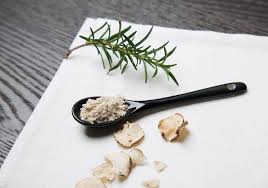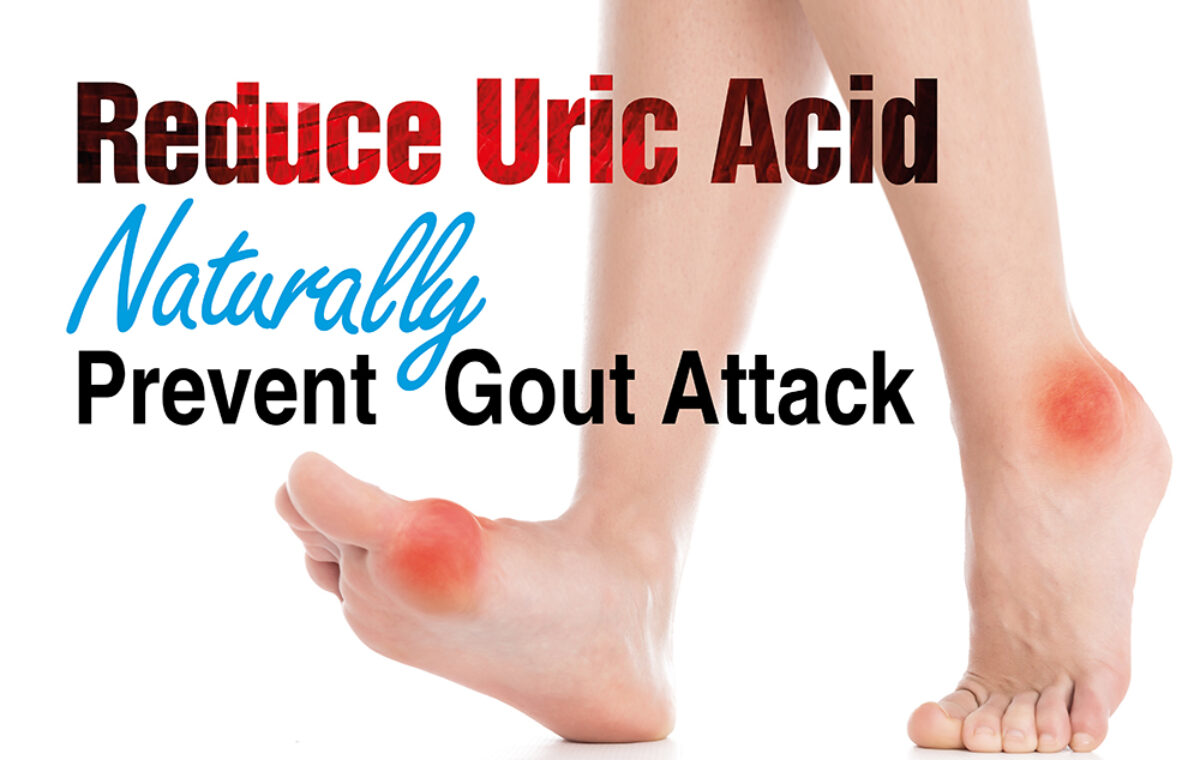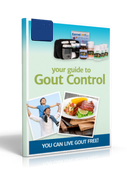Genetic and genetic mutations can certainly play a role in disease, however, poor nutrition and a sedentary lifestyle can greatly increase the risk. Gout is a common condition, but it occurs more frequently in some populations than others. For example, gout occurs in 1 percent of people with Asian ancestry, 3 to 4 percent of people with European ancestry, and 6 to 8 percent of Indigenous (native) Taiwanese peoples and Māori from New Zealand.
In about 15 percent of people with gout, urate accumulates in the kidneys
and forms kidney stones . As the condition worsens, urate crystals can also be deposited under the skin or in other soft tissue, forming a nodule called a tophus (plural: tophi). These tophi often form in the hands, elbows, or feet. Tophi do not typically cause pain, but they can become inflamed, infected, or ooze fluid. Depending on their location, tophi can interfere with movements such as walking or gripping objects.
Tag: inflammation
Does Gout Increase The Cardiovascular Disease Risk Factor?
Cardiovascular Disease and Gout

The prevalence of cardiovascular disease continues to rise and is among the leading cause of mortality in the world. Inflammatory conditions such as Rheumatoid Arthritis and Gout are often associated with a higher risk and earlier onset of this disease. Research links gout to an increased risk of several types of cardiovascular disease, including heart attack, heart failure, and atrial fibrillation, or an irregular heartbeat. Epidemiological, experimental, and clinical data show that patients with hyperuricemia SUA are at increased risk of cardiac, renal, and vascular damage and CV events. Continue reading “Does Gout Increase The Cardiovascular Disease Risk Factor?”
Is it OK to walk with gout?
Medical News Today: It is safe for people to walk with gout. In fact, doing joint friendly activities such as walking can help improve gout-related pain.
Gout is a form of arthritis that usually affects the big toe joint, but it can also affect the lesser toes, ankles, and knees. It normally affects one joint at a time.
People with gout may find it difficult to carry out physical activity, or they may be worried that physical activity will make their gout worse.
This article will examine whether or not it is safe to walk with gout. It will also cover how to manage, treat, and prevent this condition.
Continue reading “Is it OK to walk with gout?”Gout ‘more than doubles’ risk of kidney failure
Largest ever study on subject uses data from more than 620,000 patients in UK health system
Date: August 28, 2019
Source:University of Limerick
Summary: Patients with gout are at increased risk of chronic kidney disease and kidney failure, according to new research.
Patients with gout are at increased risk of chronic kidney disease and kidney failure, according to new University of Limerick (UL), Ireland led research.
In one of the largest and most detailed studies ever conducted, patients recruited in general practice with a diagnosis of gout were more than twice as likely to develop kidney failure than those without, according to the study led by researchers at University of Limerick’s (UL) Graduate Entry Medical School (GEMS).
Continue reading “Gout ‘more than doubles’ risk of kidney failure”Wearable sweat sensor detects gout-causing compounds
Date:November 25, 2019
Source: California Institute of Technology
Summary: Scientists have developed an easier way to mass-produce highly sensitive sweat sensors that can detect a variety of low-concentration compounds related to health conditions.
There are numerous things to dislike about going to the doctor: Paying a copay, sitting in the waiting room, out-of-date magazines, sick people coughing without covering their mouths. For many, though, the worst thing about a doctor’s visit is getting stuck with a needle. Blood tests are a tried-and-true way of evaluating what is going on with your body, but the discomfort is unavoidable. Or maybe not, say Caltech scientists.
Continue reading “Wearable sweat sensor detects gout-causing compounds”Gout Questions and Answers
Let us better help you better understand this condition – despite the tons of misinformation that circulates on the internet.
Why are blood test results misleading when it comes to a Gout diagnosis?
Blood tests can reveal the concentration of uric acid in your system. However, while you are under an attack your blood could potentially read quite normal. Over 60% of patients presenting with acute gouty arthritis symptoms have uric acid levels of <8mg/dl. Measuring serum uric acid levels while under an attack may not be too helpful in a diagnostic sense. Why? The crystals relentlessly jabbing at your joints are NOT in a soluble form at that time.
Continue reading “Gout Questions and Answers”Gobble, Gobble- Important tips regarding Gout and Holiday Meals
It was Thanksgiving of 2014 and our family had just concluded another successful gathering full of feasting and festivities. I recall feeling a bit stressed about all the food I had just consumed; food I knew I could, and likely would, pay for later. When you have Gout that dreaded scenario is likely always weighing on you in the back of your mind. WHAT did I just do to myself? Is there any chance I could dodge a bullet this time? What can I possibly do to get ahead of this game? Maybe if just consume a ton of water, and water only, can I avoid the inevitable? Was that turkey and gravy, and pie, and, and, and….all worth it? As Gout sufferers we are all fully aware of the risks involved and sometimes we choose to face those risks head on, despite the potential outcome. I remember wondering then if there were measures to take ahead of time to avoid the worry of a splurge here and there. I was young and dumb, and rather clueless about the sheer number of things I did and consumed on a daily basis that kept adding to my demise. Understanding the necessity of balance was never my strong suit. …..Fast forward to the middle of the night, post thankful feasting, and I am awakened by a pain in my ankle that I knew all too well; the kind of pain worthy of wishing to lose a limb rather than continue the suffering. Said ankle was red hot, swollen and throbbing in pain. Agony was an understatement and black Friday took on a whole new meaning. There would be no shopping, no leftover turkey stuffing sandwiches, nothing resembling anything remotely close to my ability to leave that bed. I.WAS.MISERABLE. WHY had I done this to myself, again?? I knew better. I began swallowing Colchicine like candy. Que the digestive disaster in the making. Now, I’m sick as a dog AND in pure agony. Ice, heat, water, Ibuprofen, repeat. Sound familiar? That attack was one of the absolute worst to date. It continued to move around to different areas of my body and was categorically relentless. I vowed from that day forward that I was going to avoid ever suffering like that again. A wise man told me that I needed to start looking at this Gout puzzle with more clarity and understanding. He told me that we tend to be very narrow-minded in our approach and limited in thinking that one meal could cause an attack when food purines are such a miniscule piece of this puzzle. What was I doing each and every day to contribute to my “glass of uric acid” until that one meal causes it to spill over into an attack? What could I do to lower that full glass to a point where a splurge wouldn’t push me over that edge? Some important things I’ve learned: You may have ‘trigger foods’ that spark an attack. A purine-rich meal may push your ‘already full’ glass over the edge and into an attack. However, be sure to understand things were already brewing and these triggers simply tipped the scale. SOLUBLE uric acid can be measured in your blood supply. However, the uric acid that has crystallized and is now residing in connective tissue cannot be measured with a blood analysis. These crystals are always there, in a solid form, “melting” when the levels in the blood will allow and adding to the buildup when levels in the blood become too high for the blood to carry. These deposits are what migrate into the joint causing the acute gout attack. When the tissue is full, any food indulgences and lifestyle choices that cause you to produce more uric acid than the blood can hold, will allow for deposits that crystallize between the bone joints. This can make you falsely blame one food for triggering your attack when in all actuality it simply “tipped the already full cup over.” Cellular regeneration is the only way to achieve Gout control success. Food, water, spices, vitamins, herbs, and therapeutic actions (meditation, exercise, listening to music) can significantly elevate the body’s regenerative process. Together they, and you, can take control of your health and begin repair. While some parts will remain permanently damaged, there are many areas where an overhaul can bring you the quality of life you have been missing. Why Does Gout Attack at Night? Why Do Low-Purine Diets Fail? Important tips regarding Gout and other Inflammatory Conditions |
Gout Diet: Are Impossible Burgers/Foods Impossible To Be Good For You?

Continue reading “Gout Diet: Are Impossible Burgers/Foods Impossible To Be Good For You?”
Artichoke Powder for Gout and Joint Health

ARTICHOKE POWDER (Globe Artichoke)
A relative of the hepatoprotective Milk Thistle, is popular for its pungent taste which is attributed to phytochemicals found in the green parts of the plants called cynaropicrin and cynarin, sesquiterpene lactones with documented medicinal actions. The phytochemicals in artichoke have been well documented and the leaves rather than the flower have been found to be higher in medicinal value.
Artichokes contain a very high antioxidant content, and in fact, contain two compounds (apigenin 7-rutinoside and narirutin) that are so unique they aren’t found in any other plant.
Traditional uses have included support for sluggish liver, poor digestion and atherosclerosis. Artichokes offer concentrated sources of amino acids and even help to support the natural growth of probiotics for the digestive system.
Continue reading “Artichoke Powder for Gout and Joint Health”
Cell Death, Cellular Toxicity, and Gout
Considering that all disease occurs at the molecular and cellular level, could all disease share common causes and common solutions?
Toxic damage to cells leads to cellular death, and in large numbers can result in tissue and organ damage/failure. Some tissues and organs hold the capacity for self-repair, while others have no ability to regenerate. For example, the liver can repair damaged sections by fibrous replacement, whereas the nervous system tissue has no ability to regenerate itself. Of course, even the liver will have trouble if the damage is severe and/or continues to suffer from abuse.




